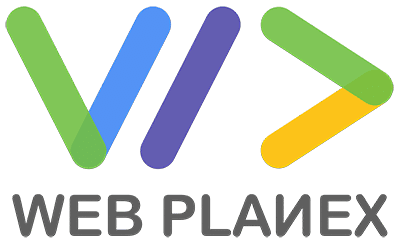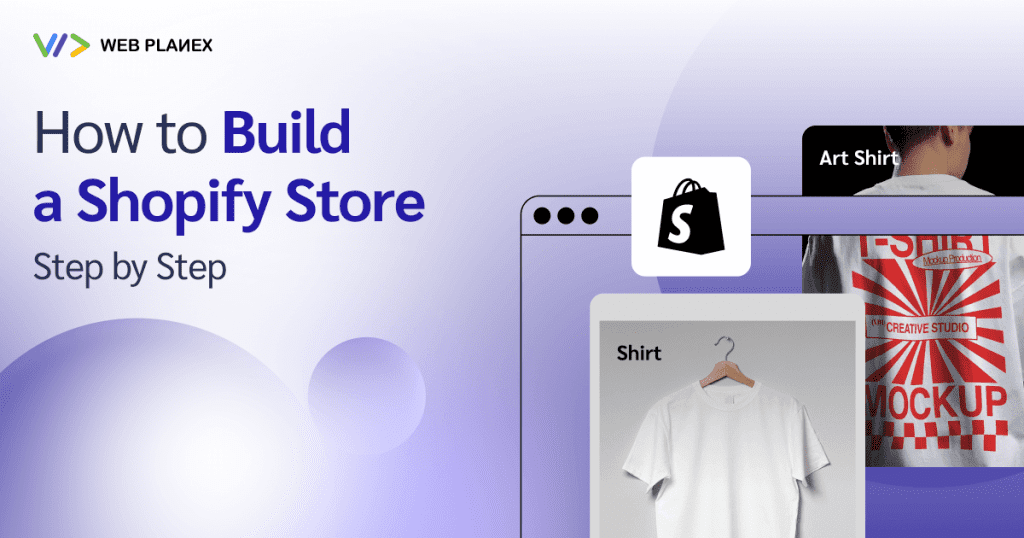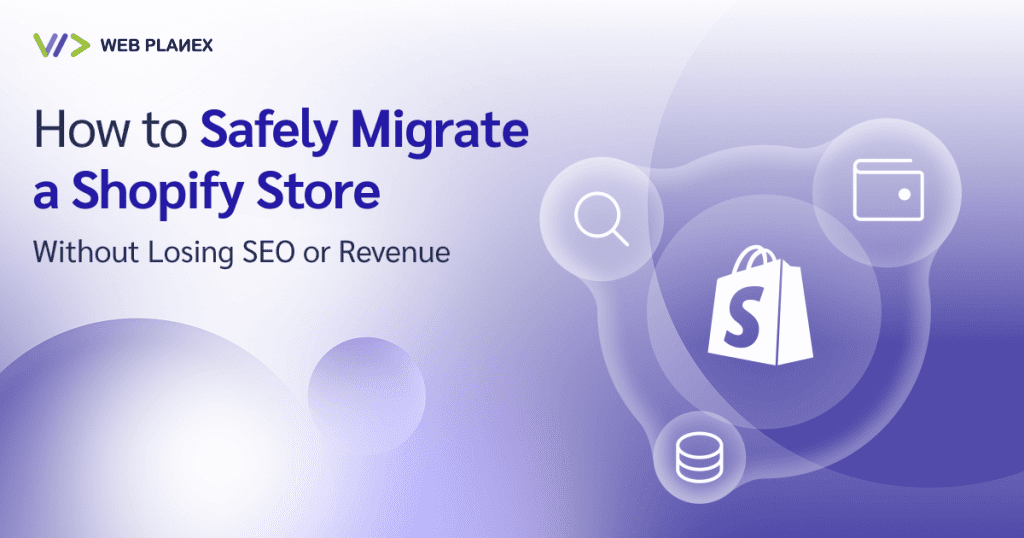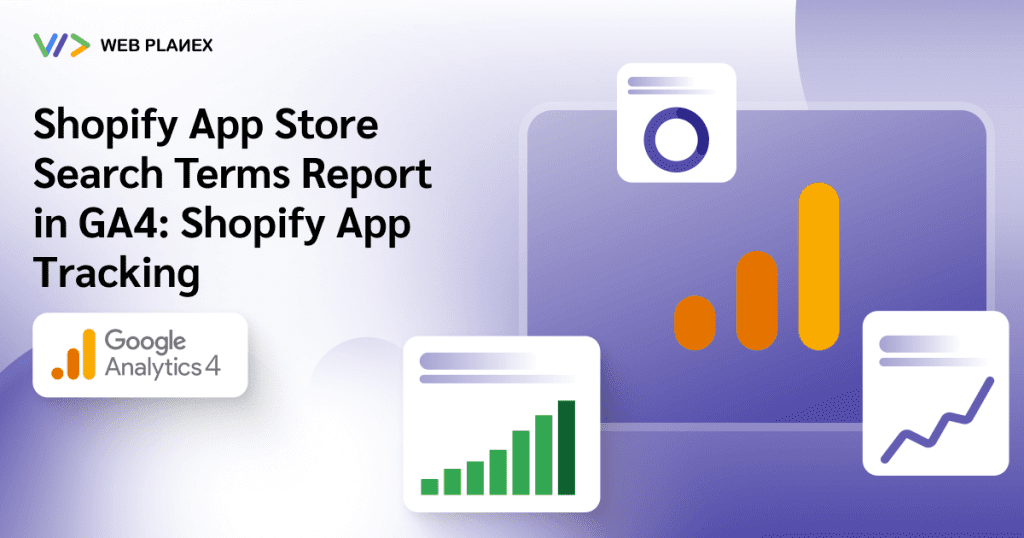
This shouldn’t even be a question anymore about why SEO is important for your Shopify store! The reason is these shocking measurements. It will blow your mind to know that the search volume on Google is 378 Million searches per hour. With 99,000 queries per second. Google commands 90.8% of the search engine market followed by Bing which ranked second number in the market with a command of 3.78%. With this search volume and fierce competition staying ahead of the curve is not only important but it is a necessity, especially for businesses on platforms like Shopify. Leveraging from SEO requires a thorough understanding of best SEO practices and strategies. So you can stand out from the crowd. Merely working on SEO is not enough, you need to follow a proper structure in order to achieve your goals.
In this blog, we’ll go through some best tips, tricks, and understandings of SEO practices, to provide you with the information you need so you can boost your sales. Or fulfill the goal of better visibility on search engine result pages (SERPs).
Now comes the question of how exactly to optimize your Shopify store or website to rank higher in search results!
No matter if you’re optimizing your store, website, or even a blog. You need to delve into the requirements and the entire process of optimization. Here are a few things you need to keep in mind:
- Basics of SEO
- On-Page Optimization
- Technical Optimization
- Off-page optimization
- Local optimization
- Website Content
Basics of SEO
Check if the site is indexed
Once your store or Webpage is live you need to make sure search engines index it. Because it is the first requirement to appear in the Search Engine Result Pages ( SERPs), however, indexing can take up to one week for new websites.
While Shopify lets search engines find your store during the free trial, all your SEO efforts vanish if you don’t upgrade. Remember, password-protected pages won’t be indexed by Google, so make sure your site is publicly accessible for search engines to crawl.
Build A Sitemap
Building a sitemap is a crucial element for your site to be crawled by search engines. As it contains information about the pages on your site, videos, and other files. And it also determines the relationship between them.
Setup Analytic Tools
You also need to set up analytics tools to learn about visitors’ interaction with your site. There are free tools provided by Google for you to track user behavior on your site. Such as Google Search Console, and Google Analytics to keep track of your paid campaigns.
On-Page Optimization
It basically means getting individual pages of your store or website ready to rank higher, and it is considered by a lot of factors such as adding relevant keywords with high search volume, improving page speed, optimization of meta titles and descriptions, and creating content for user interaction.
Conducting Keyword Research
If you don’t already know, keywords are the phrases used by shoppers/users to search for a particular query on a search engine. Adding relevant and accurate keywords is necessary as it solely connects to the direct query. If your keywords are not matching with the search query your page will not appear in the SERPs.
There are different tools you can use to conduct keyword research and to determine keywords with higher search volume and relevance that are likely to rank higher. Such as Moz, Ahrefs, SEMrush etc.
Including keywords in URLs is also important as it instantly tells users what the page is about.
Optimize Meta Titles and Description
These are really important factors to focus on as these don’t appear on your page but they are the first thing users will see in the SERPs. These brief the users on what the page is about. They are the first impression of your site, so they should be unique and compelling enough for users to click on the URL.
These can be unique and compelling if they clearly describe what the page is about in words that are attention-catching.
Include descriptive alt text in images
Alt texts are really crucial for images to appear in SERPs, as they describe what the image is about. It helps the search engines to crawl and index the images and show them to the related search query.
You need to write descriptive alt text that explains what each image is.
Optimize the heading tag and add Schema Markup
Heading (H1) tags are used as the main headline of the page containing the page’s main keywords. This helps the search engines to understand the context of the page.
Shopify page titles are the default H1 tag for pages created through Shopify.
Technical Optimization
In other words, this optimization is related to other factors than website content. It is the backbone of SEO. It deals with the infrastructure of a website. There are several factors in technical SEO.
Mobile Optimization
Search engines like Google have switched to mobile-first indexing. Meaning search engines are using the mobile version of content for indexing. So if your Shopify store is not optimized for mobile devices, there are high chances of your store not getting the desired appearance in the SERPs.
That is why every theme on the Shopify Theme Store is mobile-friendly. If you’re not using Shopify there are other tools to check how your website looks on mobiles. All pages should be readable on mobile too and to double check you can use Google’s Mobile-Friendly Test.
Ensure store speed is fast
The ultimate goal for search engines is to provide the best and fastest results for the user query. Because if your store or website is slow, users might not stay longer on the page, and this can hamper user experience. So making sure your store or website is fast is essential.
HTTPS
The intent behind using the https domain is the security of the store or website. Search engines would not like to direct users to insecure sites. Consequently, utilizing HTTPS:// for your website not only enhances your ranking possibilities but also fortifies your site’s security. Additionally, HTTPS contributes to other advantages concerning website analytics.
Off-Page Optimization
When a different website creates a hyperlink to your own, Google interprets this as a sign that the linking site regards yours as trustworthy. This process enhances your website’s domain authority (DA), which is crucial for how well your site competes in search engine rankings for specific keywords.
Search engines like Google assess the quantity, quality, and relevance of the inbound links pointing to a page or entire to determine its ranking.
Follow this checklist for link building to acquire more superior quality links pointing to your site.
Guest Blogging
A highly effective method for generating backlinks is to prioritize partnerships and identify mutually beneficial opportunities for value exchange.
Seek out other site owners who are in need of external writers By contributing content, you generally get a backlink to your website located in the author bio section.
Explore opportunities for guest posting with these search keywords:
[niche] + “write for us”[niche] + “contribute”[niche] + “guest post”
Press Release
Journalists continually search for stories to report on for their respective outlets. Establishing relationships with these reporters can ensure that your business gains exposure on prestigious platforms, which in turn fosters robust backlinks to your site.
Local Optimization
If you own a local store you need to leverage Local SEO, as it helps people in your locality find your business.
Claim your Google business listing
It’s a free tool provided by Google for local businesses. It helps customers find your business in the Google search or Google Maps.
You’ll just need to sign up and fill up basic information about your business such as name, contact, address, opening hours of your store, location, category, etc.
Make sure the Contact Us page on your web is filled thoroughly – as it provides all the necessary information to the potential customers who need it. You need to make sure you’re adding accurate information, if not then you’ll direct users to where they’re not supposed to be.
Website content
Good, compelling, and relevant content is a crucial part of Shopify SEO. As it helps search engines match your store with related queries. There are a few things you need to keep in mind while writing content for your website.
Content should be properly formatted
An example of great content is which utilizes H1, H2, and H3 tags and keywords in the content. This not only makes it easier for the users to read it but also is relevant and users can find the exact answer to their queries easily. So content formation is a crucial part.
Avoid Duplicate content
As it can result in spam. All content should be original and specially written for your site. It also makes it harder for search engines to determine which content should be ranked if the content is duplicate.
Create Landing Pages
Create a special page for the particular information about a user query and direct them to that page instead of directing them to the home page. This will not only help the users find the exact information they need but also help you appear higher in the SERPs.
Wrapping Up: The Future of SEO on Shopify
By implementing these strategies, your Shopify store will not only be prepared for 2024 but also set up for sustainable growth in the years to follow. Remember, SEO is not a one-time task but an ongoing effort. Regularly revisit your strategies to align with the latest trends and algorithm updates.
SEO’s landscape will keep changing, and so will your tactics. The ability to adapt and innovate will keep your Shopify store ahead of the curve and in view of your potential customers. Ready to optimize your Shopify store and rocket past your competition in 2024? It’s time to get started with these top-notch SEO strategies!
